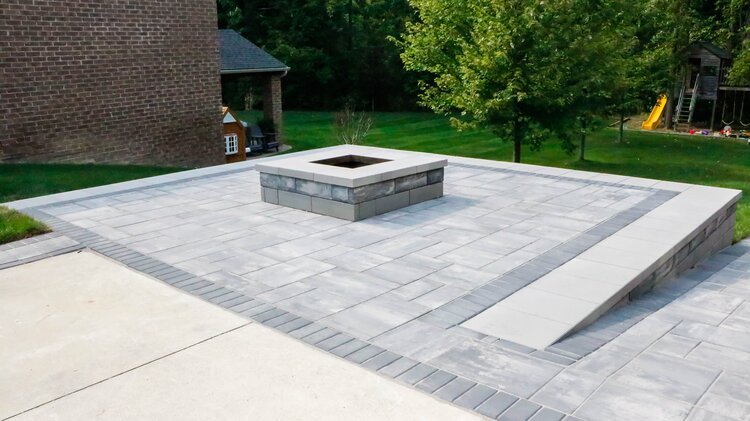Concrete blocks have been a fundamental building material for centuries, contributing to the construction industry’s evolution. These versatile blocks have undergone significant transformations over time. In this blog, we explore the evolution of concrete blocks, examining their historical development, modern applications, and their role in sustainable construction practices.
Historical development
The use of concrete in construction dates back to ancient civilisations, with the Romans being pioneers in developing a rudimentary form of concrete. However, it was in the 19th century that concrete blocks as we know them began to take shape. The first concrete blocks were typically made with a mixture of cement, sand, and gravel, moulded into rectangular shapes.
Advancements in manufacturing processes during the early 20th century marked a significant turning point for concrete blocks. The introduction of vibrocompression technology allowed for more uniform and efficient block production. As a result, concrete blocks became a popular alternative to traditional building materials like bricks and wood.
Modern applications
Concrete blocks have evolved to become a standard building component in various construction projects worldwide. Their versatility allows for diverse applications, from residential buildings to commercial structures and even infrastructure projects. The modular nature of concrete blocks simplifies construction processes, enabling quick and cost-effective building solutions.
Architects and builders appreciate the flexibility of concrete blocks in design. The blocks come in various sizes, shapes, and finishes, allowing for creative expression while maintaining structural integrity. Furthermore, concrete blocks offer excellent thermal mass, contributing to energy efficiency by stabilising indoor temperatures and reducing the need for excessive heating or cooling.
Sustainable construction practices
In recent years, the construction industry has seen a growing emphasis on sustainability, and concrete blocks have not been left behind. Manufacturers are increasingly
incorporating recycled materials, such as fly ash and slag, into the production of concrete blocks. This reduces the environmental impact of manufacturing and enhances the blocks’ performance.
The durability of concrete blocks contributes to the longevity of structures, minimising the need for frequent maintenance or replacements. Additionally, the thermal mass properties of concrete blocks help reduce energy consumption in buildings, making them an environmentally responsible choice.
Innovations in construction techniques, such as insulated concrete forms (ICFs), leverage concrete blocks to create highly energy-efficient structures. ICFs utilise hollow concrete blocks filled with insulation material, providing superior thermal insulation and enhancing a building’s overall energy performance.
The evolution of concrete blocks from simple, hand-moulded units to technologically advanced and sustainable building components is a testament to the construction industry’s progress. These blocks have proven their worth in various applications, offering a balance between structural integrity, design flexibility, and environmental responsibility.
As we move further into the 21st century, the evolution of concrete blocks in construction will likely continue. Advancements in material science, manufacturing processes, and sustainable practices will contribute to the ongoing transformation of concrete blocks, ensuring their relevance in the ever-changing landscape of modern construction. Ultimately, the continued innovation and adoption of concrete blocks underscore their enduring significance in the quest for sustainable and resilient built environments.
Discover a high-quality range of both coloured and grey concrete blocks here >>





Leave a Reply